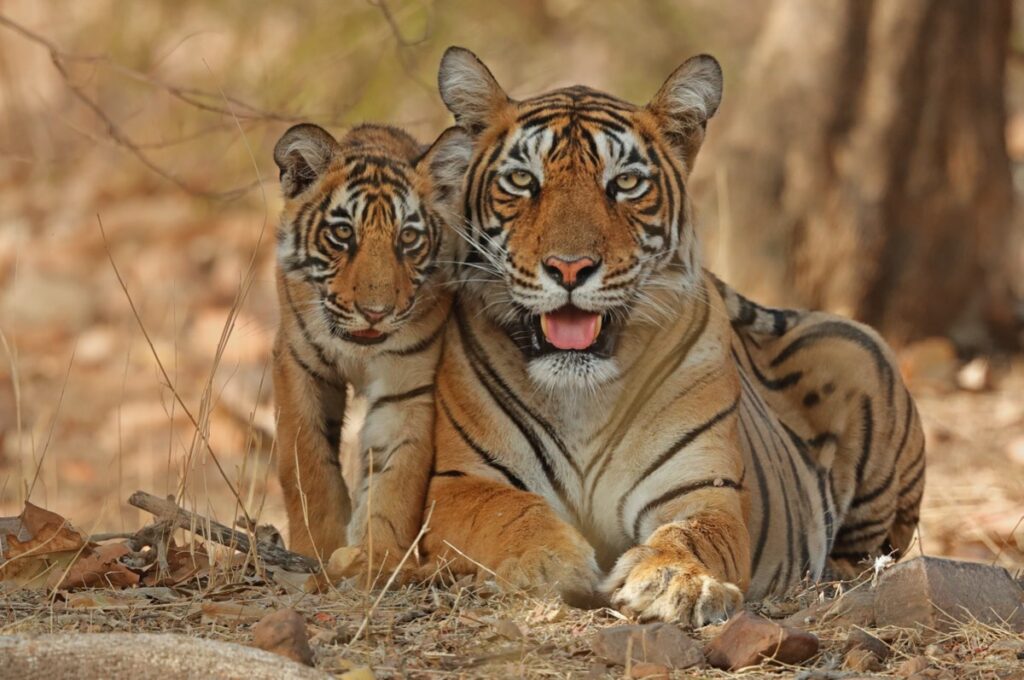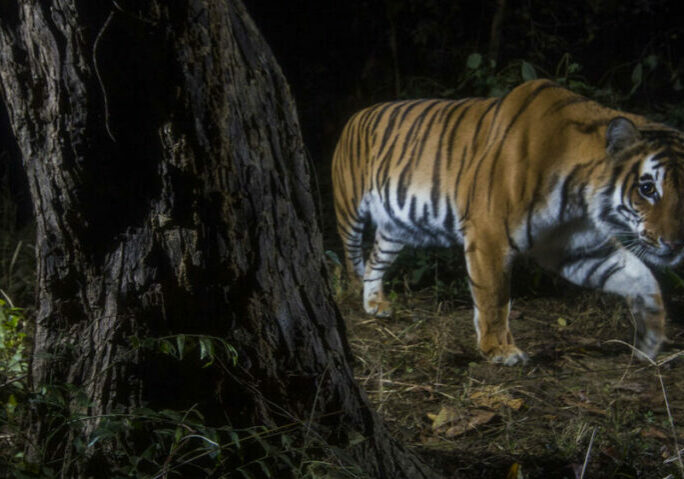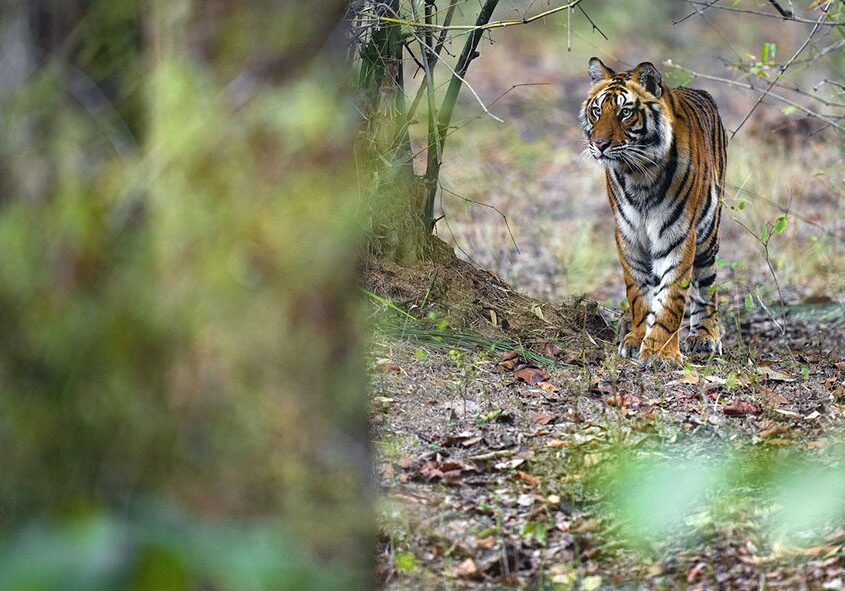The Conservation Assured Tiger Standards scheme – known as CA|TS – is the global gold standard for tiger conservation. Developed by tiger experts, it provides a set of best practices, covering everything from managing habitats to staffing protected areas and building relationships with communities.
On Global Tiger Day in July 2020, the Indian government announced it would be working towards CA|TS across all 50 tiger reserves in the country, which cover an area almost the size of Scotland.
And a year later, 14 sites had been CA|TS approved – meaning they’ve been independently assessed to be meeting the standard. Of these, 10 are in landscapes where your support is helping to fund tiger conservation.
Habitats that support tiger populations are the building blocks of wild tiger conservation, and effectively managing them is essential for the long-term survival of the species. To date, CA|TS is being implemented across 125 sites in seven tiger range countries. India, which is home to over 60% of the world’s wild tigers, has 94 sites – by far the most of all tiger range countries.
The standard doesn’t just apply to designated tiger reserves – it can also be used to strengthen the management of other areas that have potential to support tiger conservation.

© NATUREPL.COM / ANDY ROUSE / WWF
“Achieving 14 CA|TS approved tiger reserves is a huge achievement, and shows how committed the Indian government is to tiger conservation,” says Dr Joydeep Bose, CA|TS coordinator at WWF-India. “CA|TS is internationally recognised and will help raise the profile of these sites. This could improve management practices and unlock potential new partnerships and resources for India’s wildlife conservation areas.
“CA|TS doesn’t just benefit tigers in India. It assesses every site with the same criteria – whether it’s in India, Nepal or Malaysia. So it helps improve tiger conservation right across Asia.”
CA|TS has an important role to play in achieving the goal of doubling the number of tigers in the wild, known as TX2. At the last count, in 2018, there were estimated to be around 3,000 tigers in India, and numbers appear to be increasing.
Better management of tiger habitats also has wider benefits. Tigers are top predators, so when tigers are thriving, it’s a sign that the whole ecosystem is healthy. Well-balanced ecosystems also provide vital services to people, from supplying clean water to storing carbon.
“India’s progress is proof that with political will, funding and the support of local communities, doubling wild tigers is possible despite the challenges conservation faces today,” says Joydeep. “In the future we hope the tigers’ range in India can be expanded to previously occupied and new areas. This will help us go beyond the TX2 goal and enable the tiger population to recover even further.”
Help us do more
You can continue to support our work to protect wild tigers by adopting a tiger.
More to explore

Photo story: India’s corridor of life
Thanks to your support, wild tigers are able to roam between the forests of Nepal and India, and local communities can coexist with big cats

